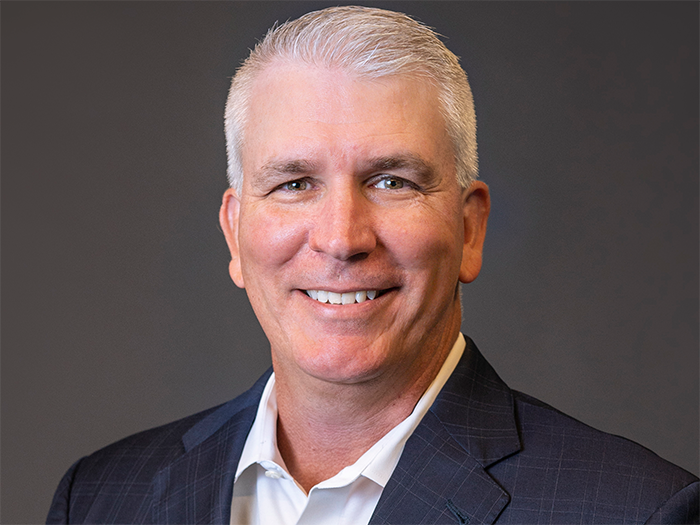Industry Watch
No Reprieve from Medical Costs Amid Rising Price of Care

Medical expenses rattled workers’ compensation payers when they reached 60 percent of claim costs, exceeding indemnity as the most expensive portion of addressing worker injuries.
Now, rising medical costs are pushing that 60 percent squarely into the rearview mirror. They have reached 69.3 percent of a claim’s expense in Florida and are running 64 percent – 65 percent in other states.
Claim-severity drivers such as obesity and an aging-worker population will extend the trend.
“That is going to continue to gradually inch even higher in terms of the percent of payment going to medical expenses versus indemnity,” said David Dwortz, president of Helmsman Management Services. “With the increase in severity, medical is definitely going to continue to be a major concern, a huge focus for keeping control of payers’ overall costs.”
Meanwhile, nationwide medical inflation is expected to grow at 2.3 percent for 2018, faster than at any time since 2010. That rate of medical inflation, however, is not significant enough to sound alarm bells.
It is also not surprising because medical inflation had been at historically low levels going back to 2010, Dwortz said.
“I don’t think anyone expected that to continue into perpetuity,” Dwortz commented.
Although a percentage point higher than the average over the last few years, the 2.3 percent growth in expected 2018 medical pricing is not historically unusual, said Patrick Cote, an economist at NCCI Holdings Inc., the workers’ comp research and rating organization.
While the current rate of medical inflation is worth keeping an eye on, it is a “middle of the road” level of increase, he added.
But the continued overall creeping up of medical expenses, including medical price increases, is a potent reminder that employers and other claims payers must remain constantly engaged in the battle to prevent claims and mitigate their severity when they do occur.
It also calls for understanding price increases — in contrast to addressing the utilization of different components of medical care — to judge whether various drivers of medical price movement realistically can be mitigated, said George Furlong, senior VP, managed care program outcomes and analytics at Sedgwick Claims Management Services Inc.
For example, many state fee schedules do not control hospital pricing. If that pricing spikes, there are limited measures for addressing it when employers already have proven cost-containment practices in place, such as medical provider networks.
Similarly, Average Wholesale Price, influenced by pharmaceutical manufacturers, drives drug pricing and can’t be controlled like the utilization of prescriptions.
“With the increase in severity, medical is definitely going to continue to be a major concern, a huge focus for keeping control of payers’ overall costs.” — David Dwortz, president, Helmsman Management Services
Understanding the influence of price changes will help payers better determine whether focusing on controlling utilization will or won’t be productive, Furlong explained.
“I’ll give you a quick example,” Furlong said. “In California they had a significant increase in physical therapy services (pricing) over the last couple of years. It had a lot of people looking for utilization issues when they didn’t exist.”
NCCI’s expectation of medical inflation growth for 2018 is based on its monitoring of the Personal Health Care deflator from the Centers for Medicare & Medicaid Services.
Medical inflation expected to increase during 2018 will follow from the nation’s expanding economy and the accompanying overall inflation driving up wages in the labor-intensive healthcare industry, states a Medical Cost Trend report from PwC.
Advances in technology and pharmaceuticals will also contribute to nudging up the price of medical care.
Increasing prices, however, are not all bad news, explained Jeff Kuss, chief claims officer at insurer AF Group.
“They come up with new processes or procedures that may be more expensive on the front end, but ultimately they are going to get the better outcome at the back end for the injured worker,” Kuss said. “Some of that is progress and how we improve the care and delivery system.”
The ultimate impact of 2018 medical inflation on employers’ total worker’s comp expenses will depend on factors driving utilization, such as their worker-population demographics and safety efforts.
Most claims cost increases, for instance, are falling on those involving older workers with little cost changes attributed to claims involving younger employees, Furlong said.
Insurance rates are down in most states due to continually declining frequency, added Frank Pennachio, a partner at Oceanus Partners. Despite medical inflation, some employers who have managed to reduce their claims frequency may actually pay less in total worker’s comp expense, Pennachio elaborated. &












